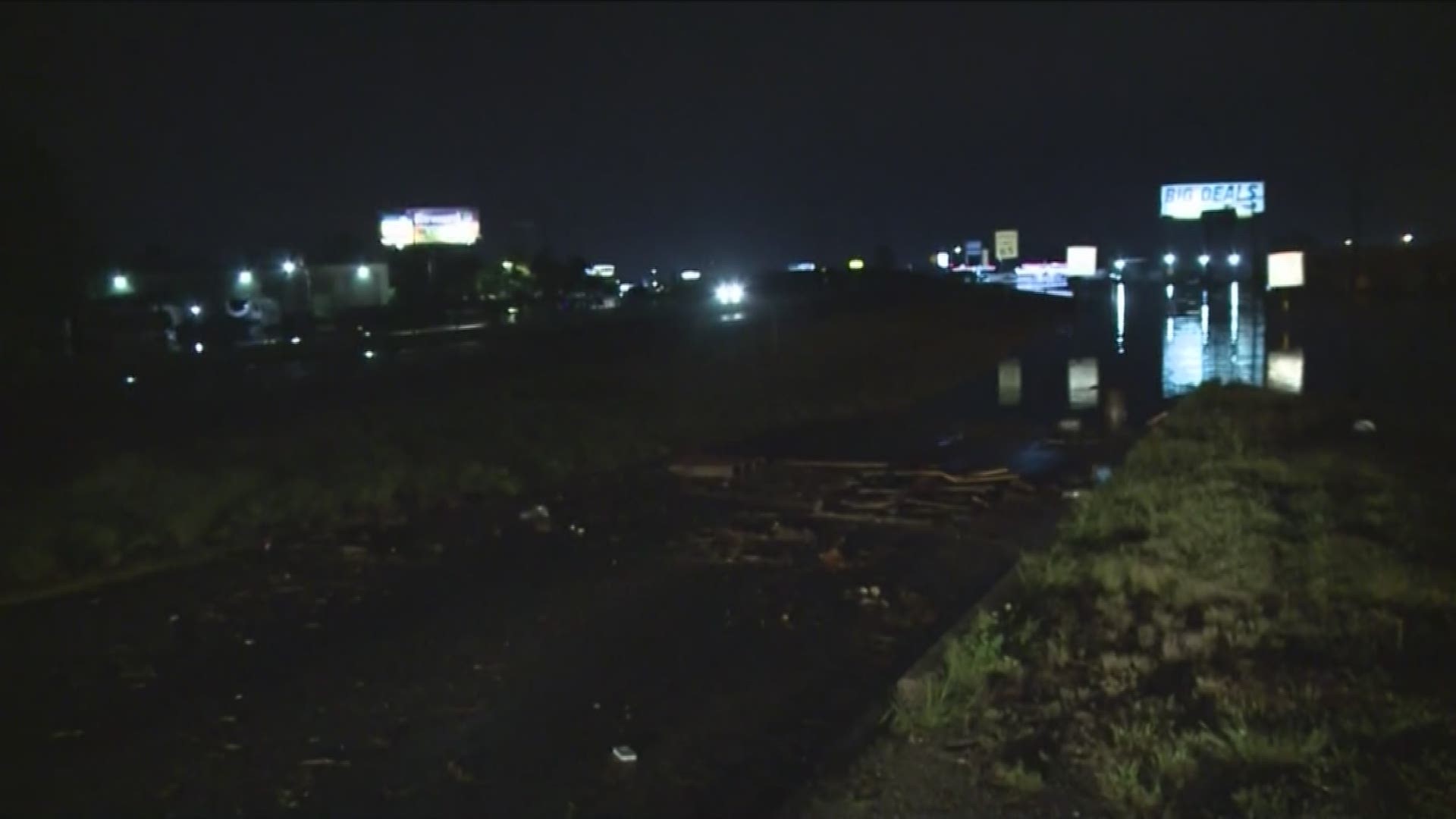BEAUMONT, Texas — The downpour unleashed by Imelda can be measured several ways including the number of flood damaged cars left in its wake.
At midnight Friday morning, a small car still sat alone in the right lane of the Interstate 10 westbound access road near 11th street.
Halfway up over the curb and half in the street the car sat alone where its driver had obviously given up and left it at some point Wednesday night or Thursday.
At one point late Wednesday night, a Beaumont police officer told 12News that abandoned cars were all over town as the floodwaters filled the streets of Beaumont.
So you might be wondering -- what can I do if my car got flooded out during the storm?
There are several steps that need to be taken if your car has flooded or taken on water according to Auto Zone.
Do NOT start your car if it’s sat in or been driven through high water.
You may need to drain your fluids, like oil, transmission and lube before you move it if it’s been in the water a long time.
Try to get your car out of the water and get to work on it as soon as possible. The longer it sits in water the more potential there is to really damage your car.
MORE STORIES
Don’t start your car until you’re sure its main systems are completely drained.
It’s best if you just call your insurance company, make a claim and let a professional deal with it.
If you’re gonna go it yourself here’s some things to remember…
- Whatever you do…. Don’t start your car! Water can get into the engine and many components of your car and damage it even more. Muddy or salty water can make it worse.
- Disconnect the battery. This way you avoid shocking yourself while you check on other things in your car.
- Roll down the windows. If your windows are electric just open the doors.
- Look for a high-water mark on your car to help determine the potential level of damage.
- If that water mark is high… Push the car or get it towed but don’t start it. Any water in your engine is bad.
- Check the oil. If you find water on the dipstick that’s a sign of water in the engine.
- Change the oil and oil filter to get rid of water in the oil or engine.
- Check your fuel system and flush it if you find water in the gas.
- Check your air filter. There should be no water in it.
- Check all electrical systems.
In the long run you may be better off calling your insurance company right away.

